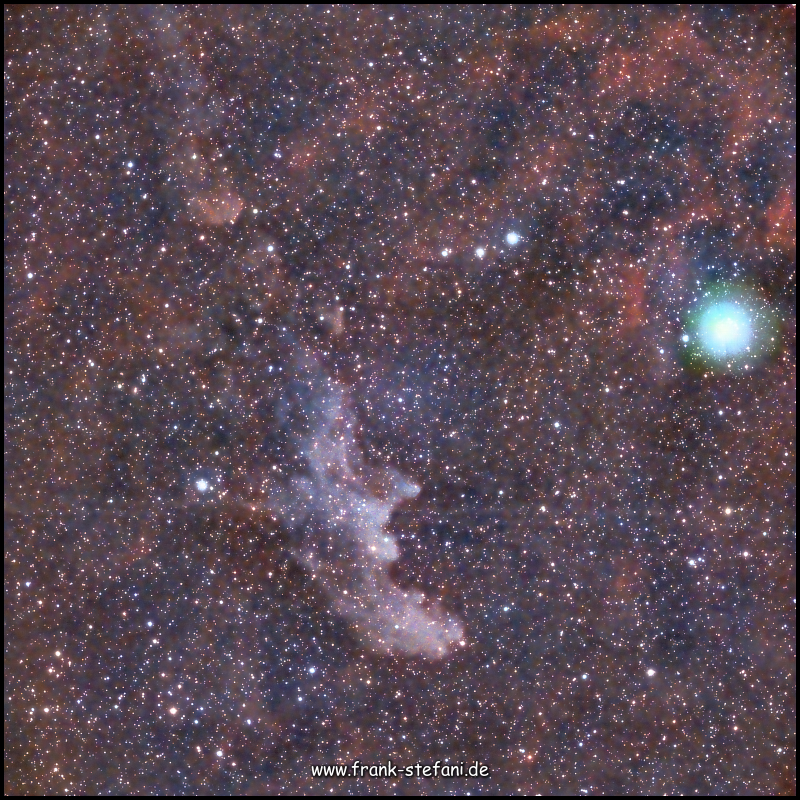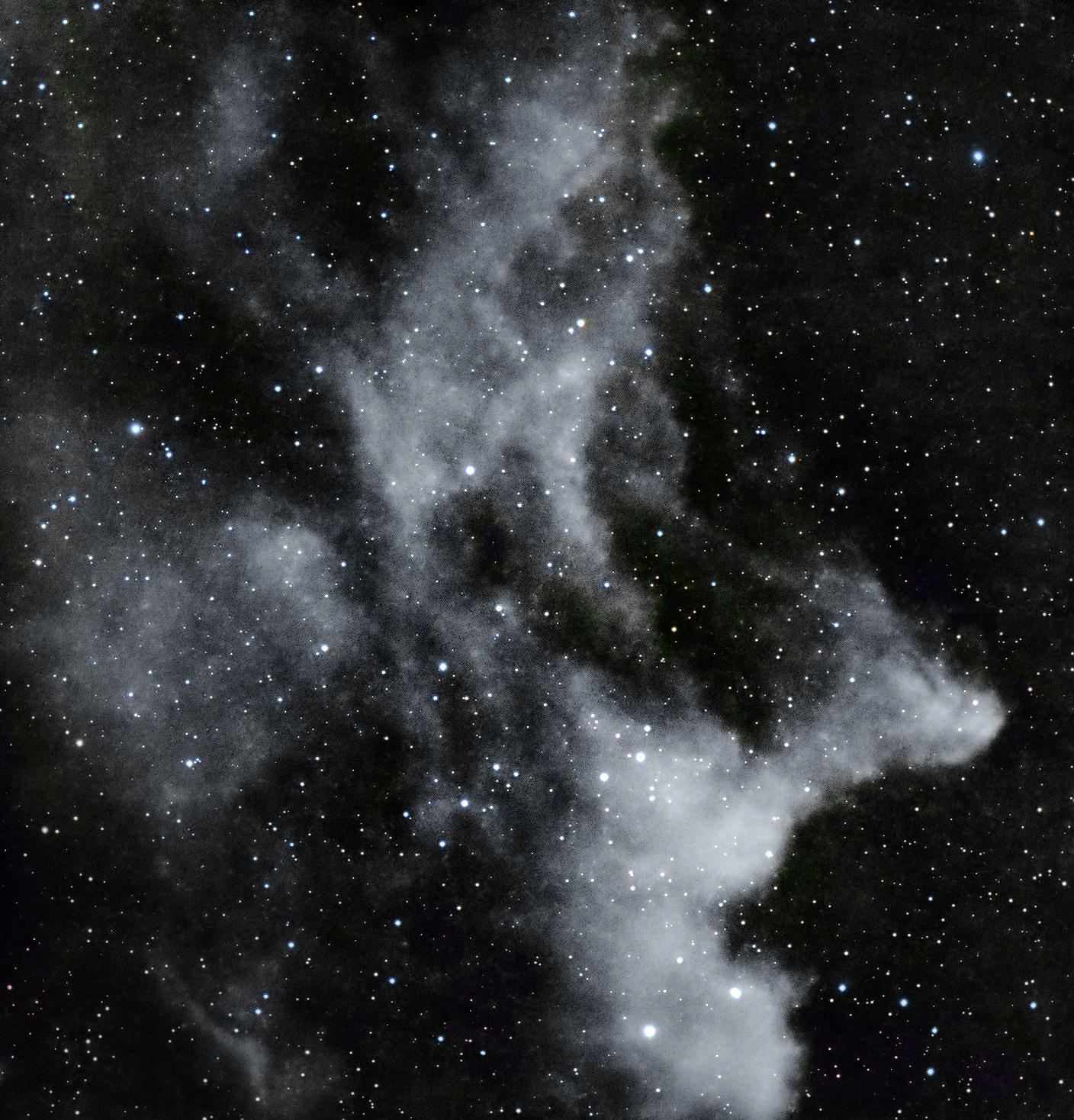Timothy Straub:
I am not sure of your conditions, but I just photographed this from my Bortle 3/4 zone. My problem is that it is low in the Southern sky, and I have hills that obscure my Southern Horizon. This led to less integration time than I would like. I did use an IDAS LPS D3 filter which may have similar bandpass characteristics as the Antila Tri-Band. Give it a try, and see what you come up with. I would recommend 5-minute guided and dithered subs, and possibly 3 to 10 hrs of integration time. Here is a link to my image.
https://www.astrobin.com/rkk3z7/
I looked up your place (
Prosser) in
Google Earth 3D out of curiosity:
Prosser is at
~46°N (200m MSL) with dry hill barrier (~
500m MSL) in the south, on top and behind of which are extended dry lands.
My place is at
47.5°N at
680m in an alpine valley, which is only about
1+ km wide and surrounded on three side with mountains up to 2962 m. The mountains are covered with extensive mixed forests (deciduous and coniferous) up to an altitude of 1850m. There are many alpine meadows, torrents from the mountains and a river in the valley.
It is so
green here for a reason: All weather systems (esp. low pressure zones with clouds, storms, rain / snow) from SW > W > NW > N > NE crash against the
Alps and all precipitation falls here.
I love my home, here in the mountains: climbing, hiking, paragliding, mountain biking, rafting, skiing, cross country skiing ... there are endless options to have beautiful times outdoors.
~ * ~
For (deepsky) AP this ist certainly not a very good place: Very limited horizon due to surrounding mountains and usually
very high humidity - mostly 80%-90% - which yields bad
seeing, together with wind shears where the three valleys meet and gusty, turbulent winds due to our local
micro climate.
>>> See this tidal cloud / fog animation at my place <<< and mind the timestamps!
In winter nights, the
WitchHead nebula is in view from
Az=160° at
Alt=32°, with an altitude of
34° in the meridian and only
28° two hours past the meridian. Then the mountains on the western side of our valley come into the imaging field.
So, at best I could capture
NGC1909 for ~3 hours ... if a good night would decide to stay clear and cloud- / fogless. :-)


